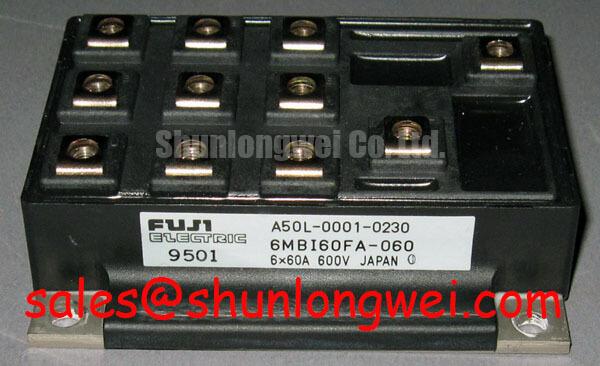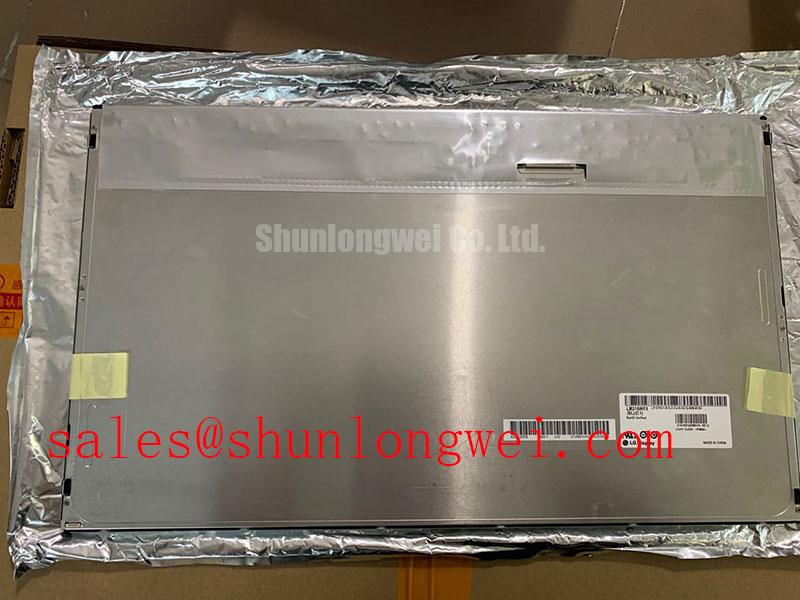MG300Q2YS50 IGBT Module: Engineering Analysis for High-Power Applications
A Technical Overview of the Mitsubishi Electric MG300Q2YS50
Content last revised on October 20, 2025.
The Mitsubishi Electric MG300Q2YS50 is a high-current 1200V half-bridge IGBT module engineered for robust thermal performance, enabling reliable operation in demanding high-power industrial converters and motor drives. Featuring core specifications of 1200V | 300A | Rth(j-c) 0.083°C/W, this module delivers two primary engineering benefits: superior heat dissipation and robust high-power handling. It is specifically designed to address the challenge of maintaining operational stability in systems with high thermal loads and demanding duty cycles. For applications requiring consistent performance under severe electrical and thermal stress, the MG300Q2YS50's thermal architecture provides a decisive advantage.
Key Parameter Overview
Decoding the Specs for Enhanced Thermal Reliability
The specifications of the MG300Q2YS50 are tailored for high-power switching applications where thermal management is as critical as electrical performance. The values below highlight the module's capacity to handle significant power loads while providing a clear path for thermal energy evacuation, a cornerstone of long-term system reliability.
| Parameter | Symbol | Conditions | Value |
|---|---|---|---|
| Collector-Emitter Voltage | VCES | VGE = 0V | 1200V |
| Gate-Emitter Voltage | VGES | ±20V | |
| Collector Current (DC) | IC | TC = 25°C | 300A |
| Collector Current (Pulse) | ICP | 1ms pulse | 600A |
| Collector-Emitter Saturation Voltage | VCE(sat) | IC = 300A, VGE = 15V | 4.3V (Max) |
| Total Power Dissipation | PC | TC = 25°C | 1500W |
| Thermal Resistance (Junction-to-Case, IGBT) | Rth(j-c) | Per 1/2 Module | 0.083°C/W |
| Thermal Resistance (Junction-to-Case, FWD) | Rth(j-c) | Per 1/2 Module | 0.167°C/W |
| Short Circuit Withstand Time | tsc | Vcc=600V, VGE=15V, Tj=125°C | 10µs |
| Operating Junction Temperature | Tj | -40 to +150°C |
Download the MG300Q2YS50 datasheet for detailed specifications and performance curves.
Application Scenarios & Value
Achieving System-Level Benefits in Industrial Motor Drives
Best fit for high-power industrial drives where thermal stability is paramount, this 1200V module excels in demanding operational environments. The primary application for the MG300Q2YS50 is in high-power Variable Frequency Drives (VFDs) and industrial servo drives that control large three-phase induction or permanent magnet motors. In such systems, a key engineering challenge is managing the heat generated during the high-current, low-frequency operation required for high-torque motor control. The module's low thermal resistance of 0.083°C/W becomes a critical asset here. This specification quantifies the efficiency of heat transfer from the IGBT silicon to the module's baseplate. What is the primary benefit of its low thermal resistance? It allows for a smaller, more cost-effective heatsink or enables higher output power without exceeding the maximum junction temperature.
Consider a large conveyor belt system in a manufacturing plant. During startup or under heavy load, the motor requires significant current at low speeds. This scenario places immense thermal stress on the VFD's power stage. The MG300Q2YS50's ability to efficiently evacuate heat ensures that the drive can sustain this high-torque state without derating or tripping on over-temperature faults, directly contributing to plant uptime and productivity. For systems requiring even greater current handling, the related MG400Q2YS60A offers a higher rating within a similar class of modules.
Frequently Asked Questions (FAQ)
How does the Rth(j-c) of 0.083°C/W directly impact heatsink selection and system power density?
A lower thermal resistance value means heat can escape the semiconductor junction more easily. This allows engineers to either use a smaller, less costly heatsink to achieve the same operating temperature or to push more power through the module with an existing heatsink design. This directly enables more compact and power-dense inverter designs.
The VCE(sat) is 4.3V (max), which seems higher than some alternatives. What is the engineering trade-off here?
While a higher VCE(sat) results in higher conduction losses, this is often a deliberate design choice to enhance the device's ruggedness, particularly its Short Circuit Safe Operating Area (SCSOA). The MG300Q2YS50 is designed for industrial environments where voltage transients and potential fault conditions are more common. The robust chip design prioritizes reliability and survival under harsh conditions over achieving the lowest possible conduction loss figure.
What is the primary advantage of the dual (half-bridge) configuration of the MG300Q2YS50?
The half-bridge configuration is the fundamental building block for a standard three-phase inverter. By integrating two IGBTs in this topology, the module simplifies the Power Integrated Module (PIM) layout, reduces stray inductance compared to discrete components, and streamlines the assembly process for creating a complete 3-phase motor drive or inverter.
Is a negative gate voltage required for turning off the MG300Q2YS50?
While the datasheet provides characteristics for VGE = 0V turn-off, using a negative gate voltage (e.g., -5V to -15V) is a best practice in high-power applications. A negative bias provides a much larger margin against parasitic turn-on caused by dV/dt transients and the Miller effect, significantly improving the noise immunity and reliability of the system.
Technical Deep Dive
The Interplay of VCE(sat) and Thermal Resistance for Application-Specific Reliability
A critical aspect of selecting an IGBT module lies in understanding the trade-offs made by the manufacturer. For the MG300Q2YS50, the relationship between its collector-emitter saturation voltage (VCE(sat)) and its Thermal Resistance (Rth(j-c)) tells a story of intentional design for industrial ruggedness. The VCE(sat) of 4.3V at the nominal 300A current indicates a certain level of conduction loss (Power = VCE(sat) * IC). This power loss manifests directly as heat at the semiconductor junction.
This is where the module's excellent thermal design becomes paramount. The low Rth(j-c) of 0.083°C/W acts as a highly efficient conduit for this heat. Think of VCE(sat) as determining the amount of traffic (heat) generated in a city (the chip). Rth(j-c), in turn, represents the width and quality of the highway leading out of that city. Even if the city generates a lot of traffic, a wide, multi-lane highway ensures it flows out smoothly without causing a massive gridlock (catastrophic temperature rise). This design synergy ensures that while conduction losses are present, they are managed effectively, keeping the junction temperature within the safe operating area even under heavy, continuous loads. This approach prioritizes predictable, reliable performance over chasing the lowest possible on-state voltage, a crucial attribute for building power systems that must endure years of service in challenging factory environments.
Strategic Outlook
Integrating the MG300Q2YS50 into a power system design is a strategic choice for long-term reliability. Its core architecture, balancing robust electrical characteristics with superior thermal dissipation, provides the foundation for building high-performance converters and drives that can withstand the rigors of industrial use. For engineers developing next-generation systems where power density, reliability, and thermal stability are key design pillars, this Mitsubishi module offers a proven and dependable power switching solution. Understanding its datasheet is the first step, and resources on decoding IGBT datasheets can further empower design decisions.











